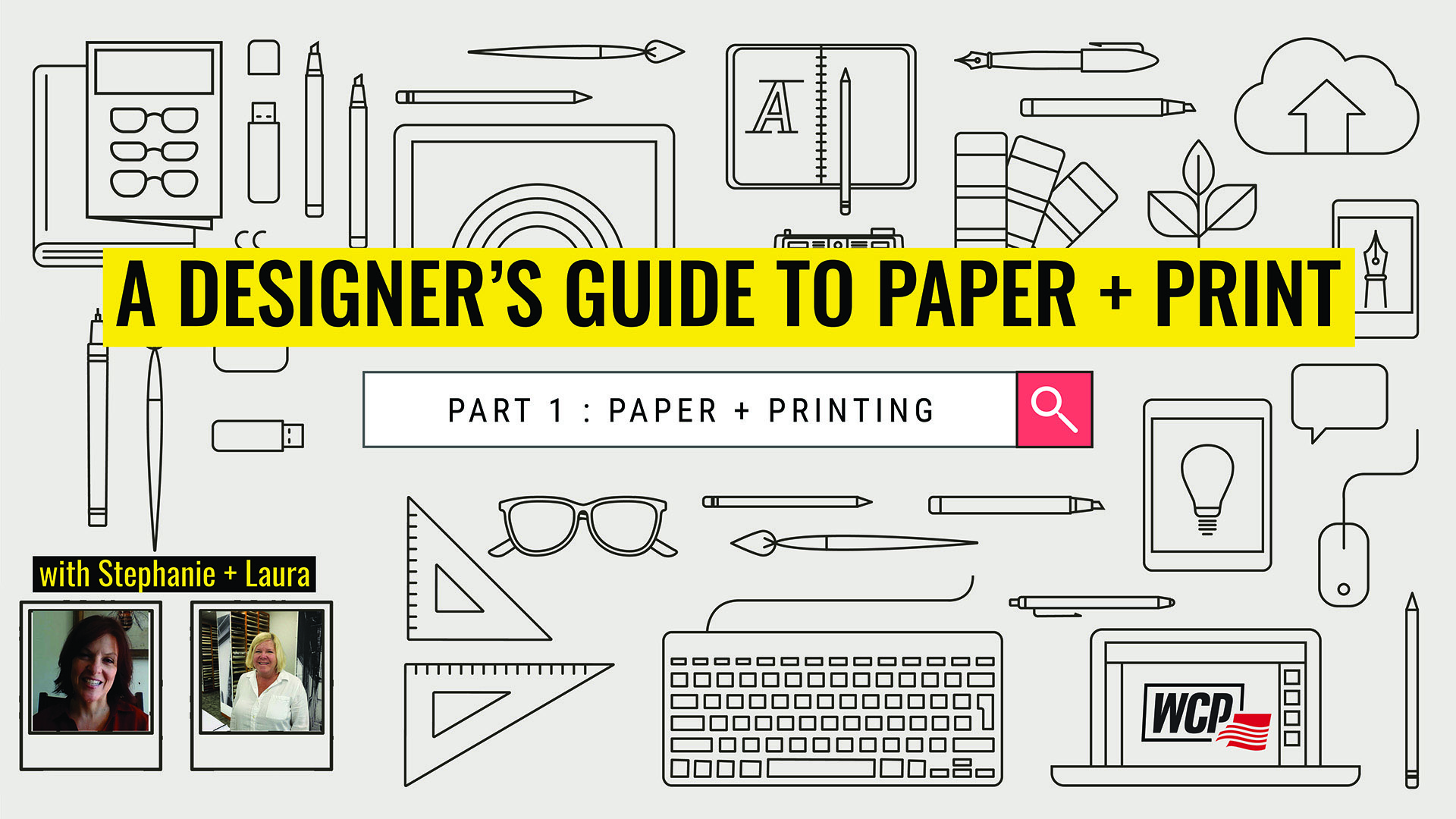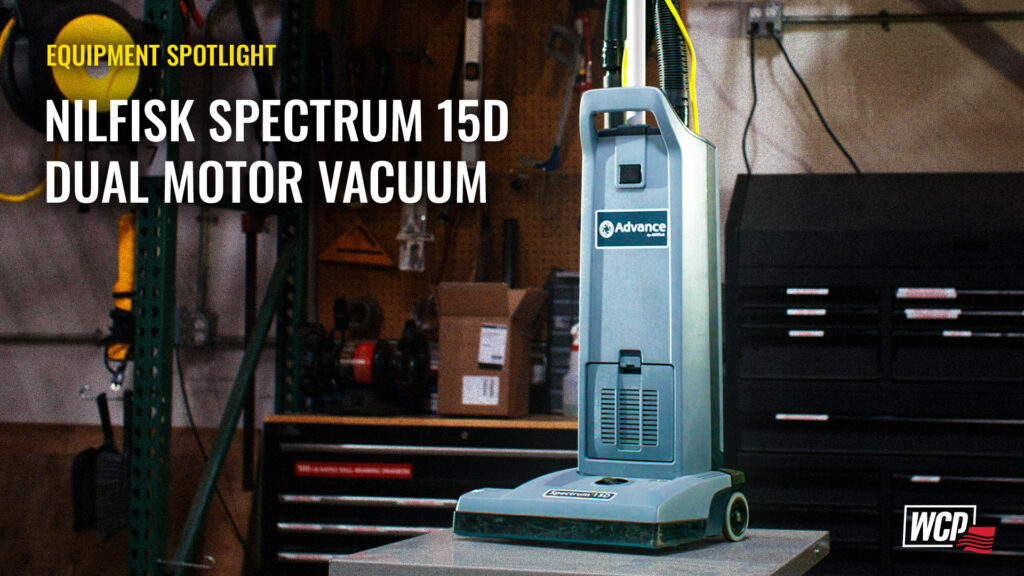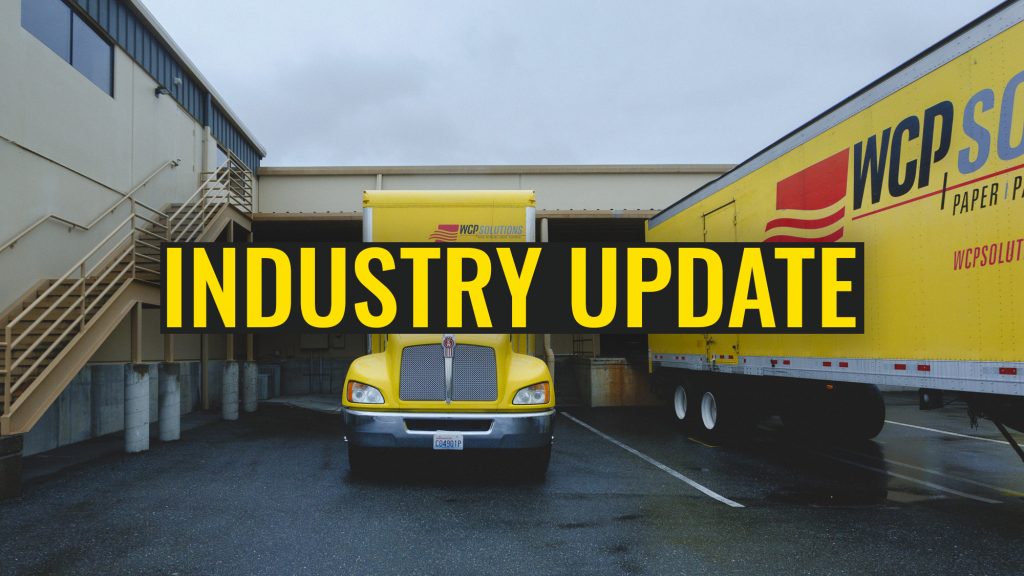A Graphic Designer’s Guide to Paper and Print: Part 1
 We love working with local designers to assist them in the process of creating the perfect piece for their clients, helping them find the perfect paper, and working with them and their printer. We often get asked questions from designers in our communities about paper and the printing process, so we’ve created a new series to help answer some of those often asked questions. With help from Stephanie, a Sales Manager in our Kent office and Laura, a Paper Specialist in our Portland location, we’re answering all of your questions in a three-part series, starting with Part 1 today. First up, we’re discussing the questions we often hear from designers about paper and printing and everything you might need to know on that subject to get going.
We love working with local designers to assist them in the process of creating the perfect piece for their clients, helping them find the perfect paper, and working with them and their printer. We often get asked questions from designers in our communities about paper and the printing process, so we’ve created a new series to help answer some of those often asked questions. With help from Stephanie, a Sales Manager in our Kent office and Laura, a Paper Specialist in our Portland location, we’re answering all of your questions in a three-part series, starting with Part 1 today. First up, we’re discussing the questions we often hear from designers about paper and printing and everything you might need to know on that subject to get going.
How do I choose the right paper?
Stephanie says… A lot of people think of paper just as the copy paper that they use in their offices. But papers are manufactured for different purposes in end-use, so there’s actually a huge variety of options out there for you to choose from. There are grades made for very short term purposes for things like fliers or assembly instructions and are made in light weights and white only.
As you get into higher-end sheets that are more like boutique paper, those are made in colors and textures in different weights to give you a larger selection to choose from. These types of papers are meant to be around for a while and really reflect a brand or a textural experience.
For other purposes, you might need a coated paper because of the way it will print. Coated paper allows ink to set up on the sheet a little better and reduces something called dot gain during offset printing. This results in brighter colors and better quality in photographs. It’s important to start thinking about the paper you’ll use before you begin your project and choose a paper type that’s going to work well for the project and accomplish what you want the final piece to do.
Sustainable Paper Options
Laura says… Sustainable paper options are very important to companies that want to promote themselves in being environmentally friendly. Focusing on using paper that’s 30% or 100% recycled, manufactured sustainably, or made locally can be very important things to consider when looking for a sustainable paper stock. You might also consider a paper that WCP Converting can provide, trimming out paper to be the exact size the printer needs, so there is less waste when it goes to print.
There are many different characteristics of sustainable papers. WCP Solutions has a lot of great sustainable paper options to look at when searching for a sustainable paper. Last year, we came out with the Power of Green, a booklet with Neenah Paper that is a collection of sustainable paper options that show everything from 100% recycled sheets to FSC certified products or products that are manufactured carbon neutral. The Power of Green can be a great resource for finding a sustainable paper option but you can also give us a call to find out more about the sustainable paper we stock.
You can also choose sustainable products that are manufactured from alternative fiber sources. Mohawk Paper has products made with different alternative fibers including paper made from hemp: made with 30% hemp fiber and 30% PCW (Post Consumer Waste). They also make a line with 30% straw and 30% PCW, as well as a 100% cotton sheet that is made from t-shirt trimmings and 100% recovered cotton denim. We stock these papers made with alternative fiber sources at WCP and can offer samples if you’re interested in checking them out.
Whether you’re looking for 100% recycled paper or alternative fiber sources in the paper you choose, we have lots of sustainable paper options for everyone.
How long does it take to get samples?
Stephanie says… If it’s an item that we have in stock, we can have samples available for designers for next day delivery. If it’s something that is not in stock, it usually takes about a week and we’ll get those shipped directly to designers from the mill.
Which papers run well on digital equipment?
Stephanie says… Digital equipment is really interesting; every piece of equipment has its own technology and its own requirements. Your printer may have toner based equipment (a lot of what we use for production in office spaces is toner based), which means that a powder is essentially cooked on or fused to the sheet and it requires a lot of heat. As paper is made out of wood pulp and water, it has a natural humidity to it. With that in mind, it will matter how it was manufactured in order to withstand the heat of that sort of equipment.
Other printers have Indigo equipment. Indigos use an ink technology that sometimes requires a paper that has been manufactured with a special surface treatment in order to image properly. Without getting into too much technical detail, this basically refers to the way the ink behaves on the paper and requires a special surface treatment to be used on the paper you select. You don’t have to be an expert on all of this and that’s where we can help you at WCP! We can help you figure out how to start working with a printer early on in the design process to find out what kind of equipment they have and if you’re going to use something they might not have run before.
We can also get you samples, that way you can test it with your printer ahead of going into production to make sure the project runs smoothly.
For samples in the Portland office: samplespdx@wcpsolutions.com
For samples in the Seattle office: samples@wcpsolutions.com
All About Digital Printing
Laura says… Digital printing is a great option for creating a piece that is being printed sustainably. With digital printing, there is almost no paper waste because the very first print piece will look exactly like the very last. Locally in the Pacific Northwest, some of the most recognized machine brands for digital printing are HP Indigo presses and Xerox iGen.
The HP Indigo is a liquid toner and it looks very close to offset printing. Printers in our market typically can run 12×18 or 13×19 print sizes and a few printers offer larger sheet sizes as well with the print quality coming out amazing. A few local printers can also print white opaque digitally.
Another option to look for when talking with printers is the Xerox iGen press. One of the interesting things about the iGen press is that some local printers that we’ve worked with have added printing metallic inks. This means that you can print gold or silver ink, without having to do it offset or as a foil, which offers a wide array of really interesting design options.
WCP Solutions has so many colored paper options that work for digital presses. Some Mohawk and Neenah paper options also have a variety of textures for digital printing including Eggshell, Woodgrain, and Stipple. Reach out to us for samples to check out some of the great products we stock locally.
For samples in the Portland office: samplespdx@wcpsolutions.com
For samples in the Seattle office: samples@wcpsolutions.com
Digital vs. Offset Printing from a Designer’s Point of View?
Stephanie says… When you’re trying to decide whether to print your project on an offset or a digital press, there are a few things that will affect that choice.
Offset printing is best for large quantities of final printed pieces. It takes longer to set the equipment up on an offset press than a digital press, but after that, the equipment is very fast. So if you’re printing a lot of pieces, then you’ll probably need to print on an offset press.
The design itself will also be a factor. If you’re working with specialty inks or specialty coatings, your project may actually have to print on an offset press to be produced properly. If it’s a very thick stock or a certain type of substrate, that may dictate that it needs to be printed on an offset press. The other thing to consider is what happens post-production as well. Some bindery functions like foiling and embossing are more compatible with pieces that have been printed on an offset press versus a digital press.
Digital equipment is great for short runs of printing. There’s not a lot of set up that goes into the machine so if it’s just a few thousand pieces or less, it’s a good idea for a digital press. The other thing to consider is how quickly you need it. If you have an on-demand piece and you want to hand the file off today and receive it tomorrow, it’s going to have to print digitally. And then finally, is there any sort of variable data that’s involved in the piece such as a name change on each piece or a photo change? All of that has to be printed digitally.
Once an offset press gets up and running, your actual price point per piece drops because the press runs so quickly. There is a lot that goes into the set up of the offset press but once it’s going, it runs through a lot of impressions very fast. The larger the quantity on the offset press, the lower your price point is going to get. You don’t get that same price comparison with digital equipment though. As digital presses don’t have the same set up time needed as the offset presses, each piece on a digital press is pretty much the same price as the one before and after it when running.
How is this product going to print?
Stephanie says… When you’re considering how the job is going to print, you’ll determine what kind of paper you need to use and if you will use coated or uncoated types of paper. It may be determined by the choice of imagery you’re using and you may need to work closely with the printer on printing large solid areas. If you’ve got extra bindery processes like foiling or embossing, different papers are more suitable for some processes over others, so it’s important to chat with us at WCP up front to determine which paper will work best for your project. It’s important to have these conversations with your Account Manager at WCP and your printer up front to make sure there aren’t any issues down the line.
We can help you find the right paper for your project and assist you while working closely with the printer, as well as helping to provide samples along the way to make sure that your project runs smoothly from start to finish!
We’re here to help!
For designers interested in chatting with someone at WCP about any of the topics we’ve covered above, we’d love to have you reach out to our customer service team. We’re happy to help you find the right paper for your project or get your samples to make sure it’s the right fit for your design. Give us a call today (877) 398-3030 or email our sample departments for more information.
Portland Sample Department: samplespdx@wcpsolutions.com
Seattle Sample Department: samples@wcpsolutions.com

